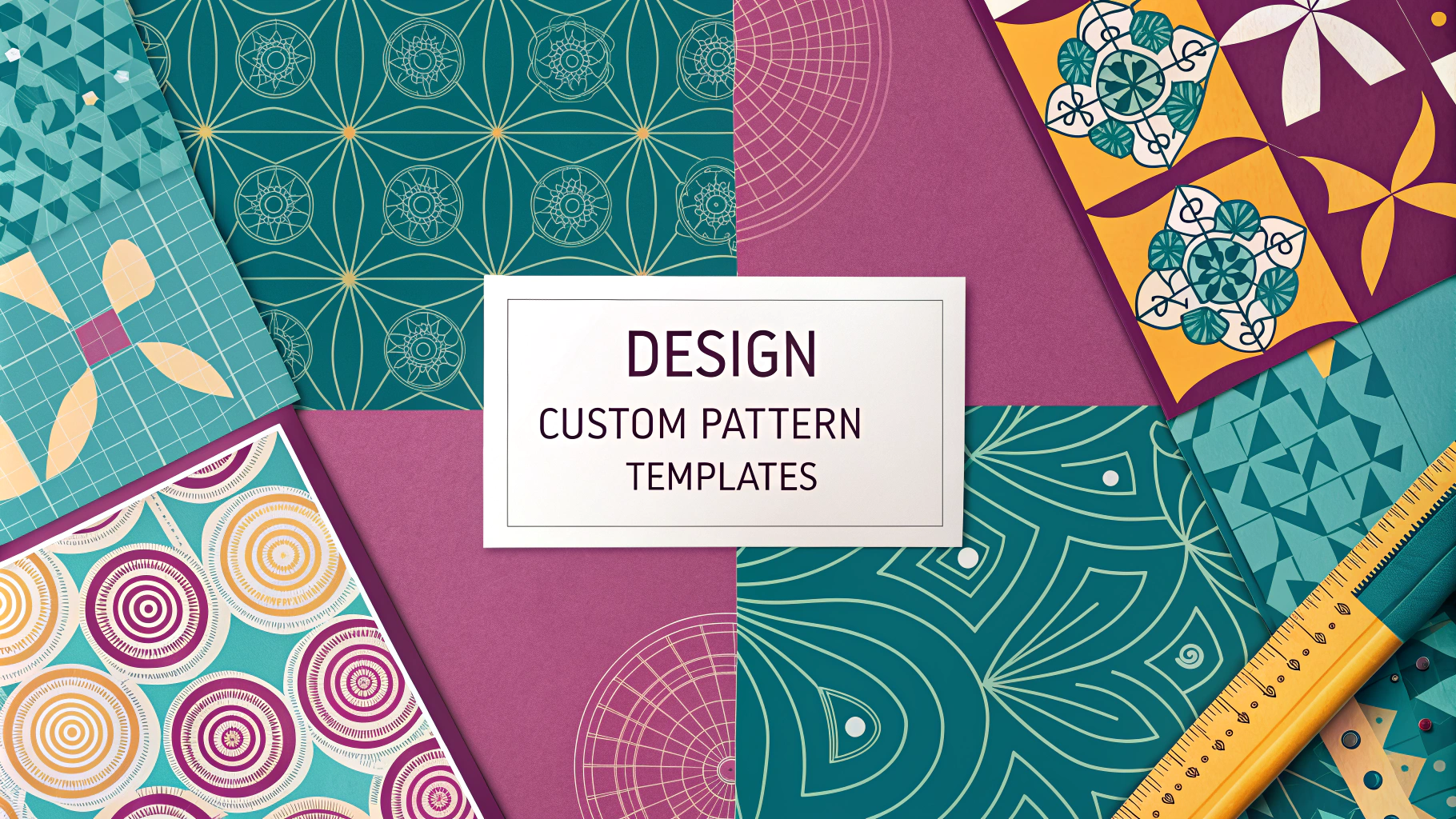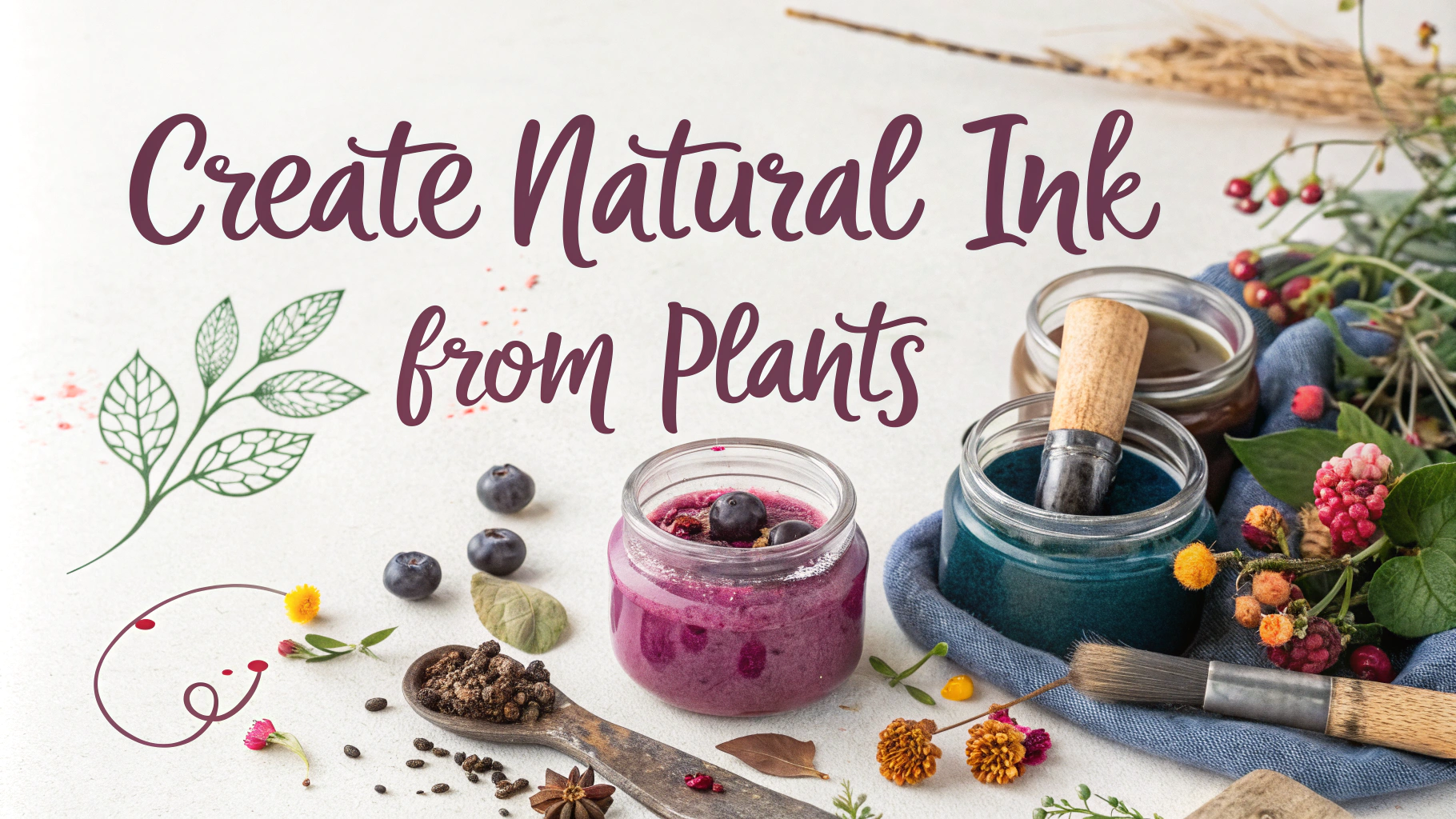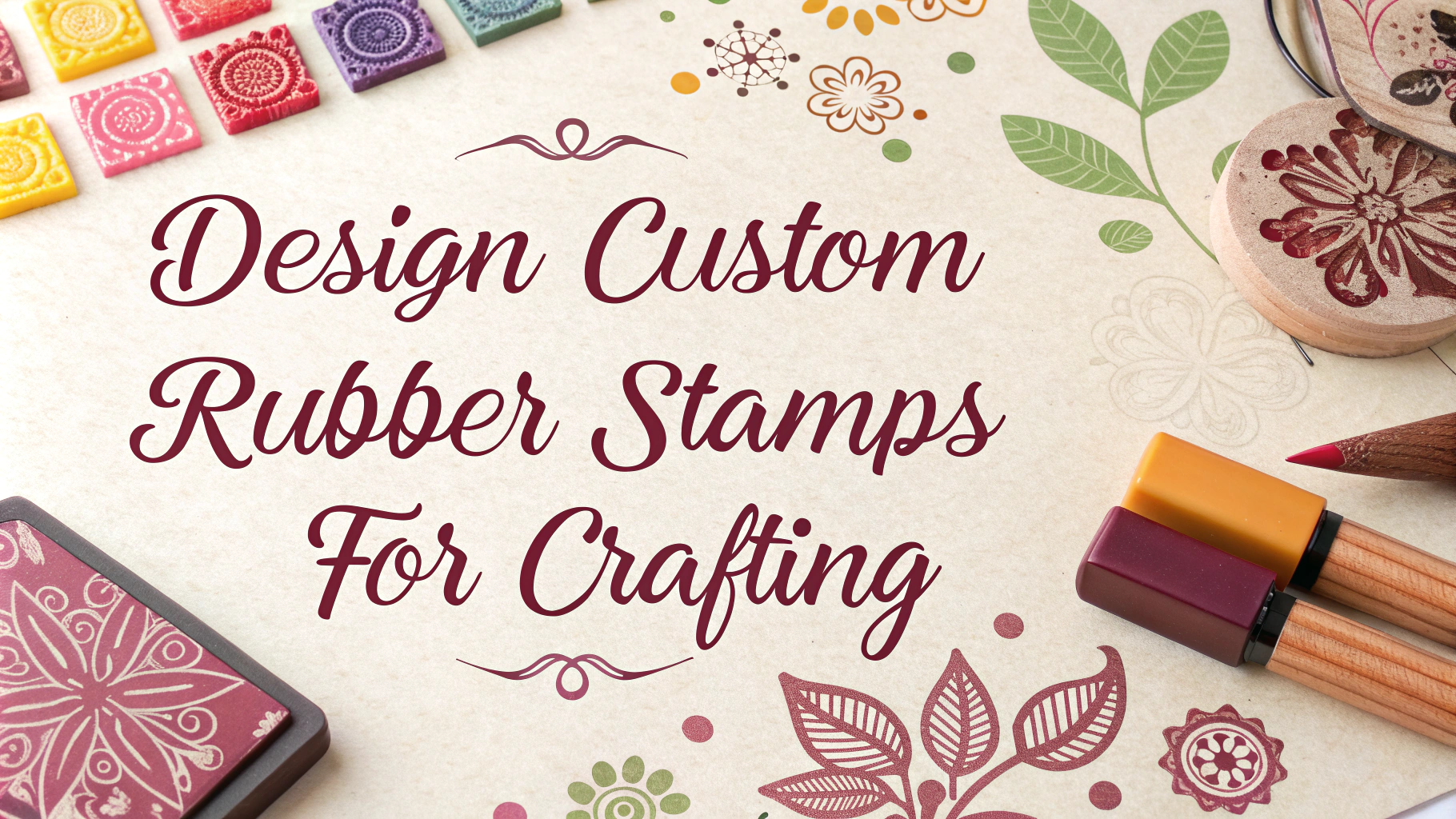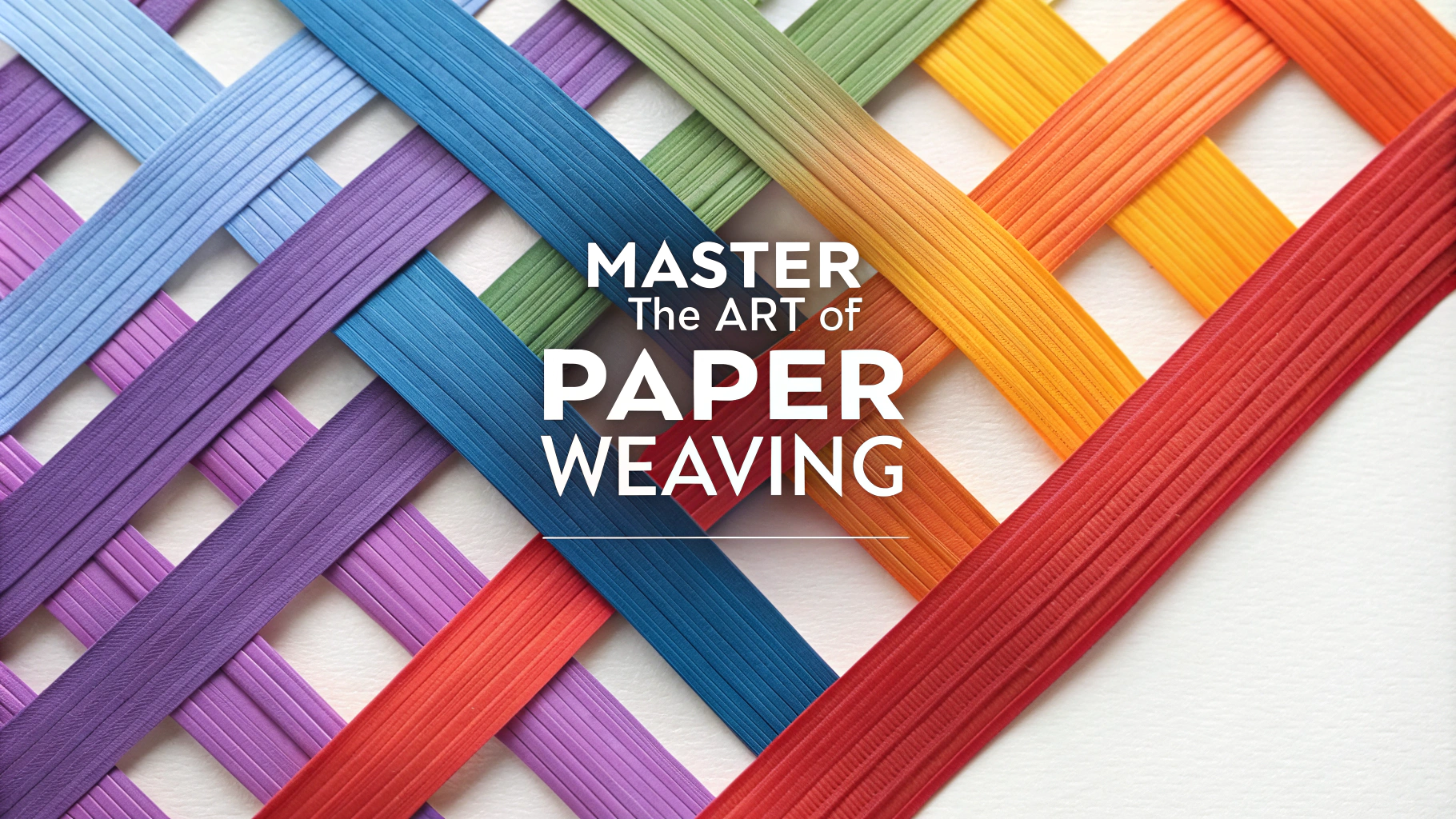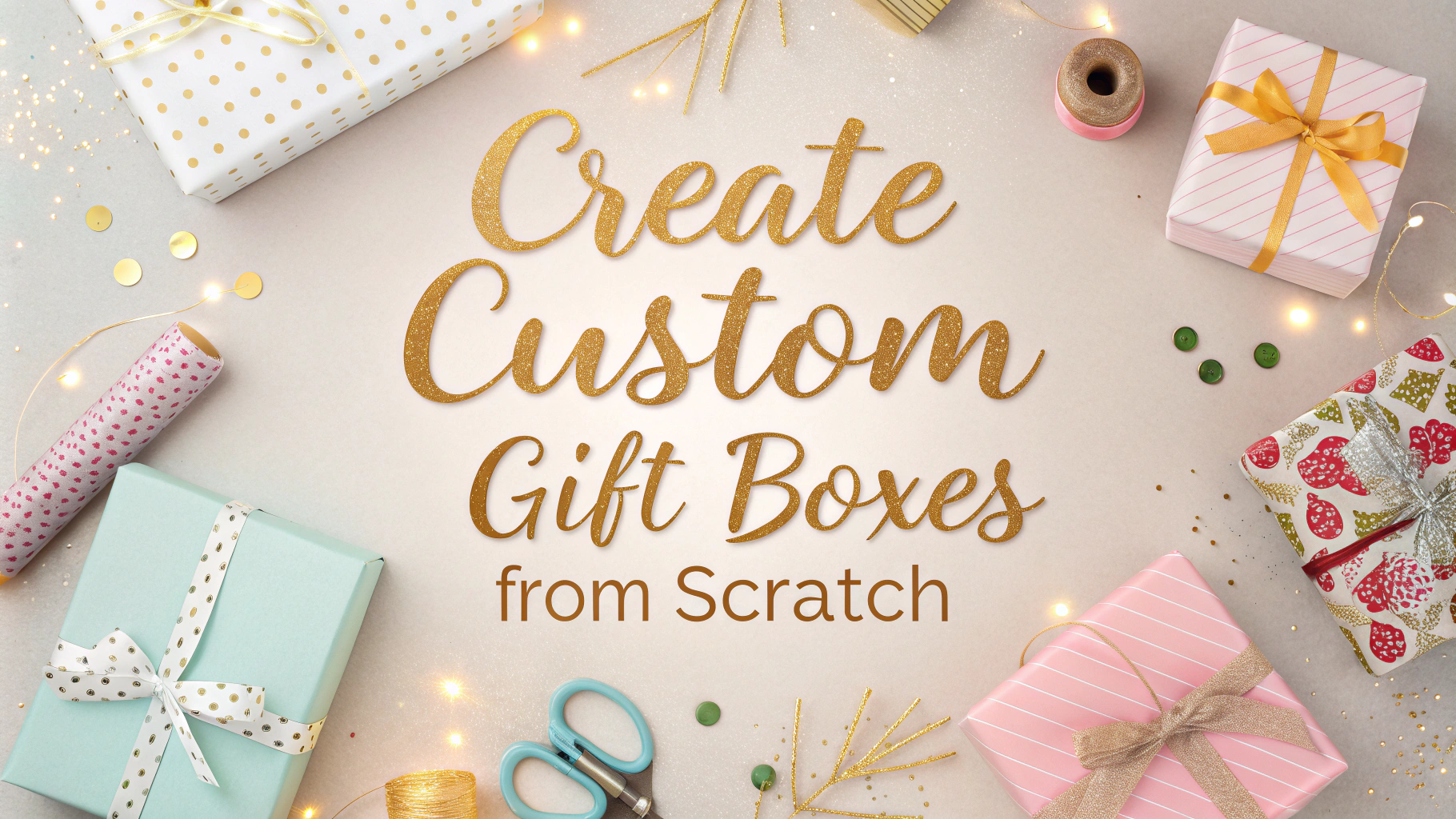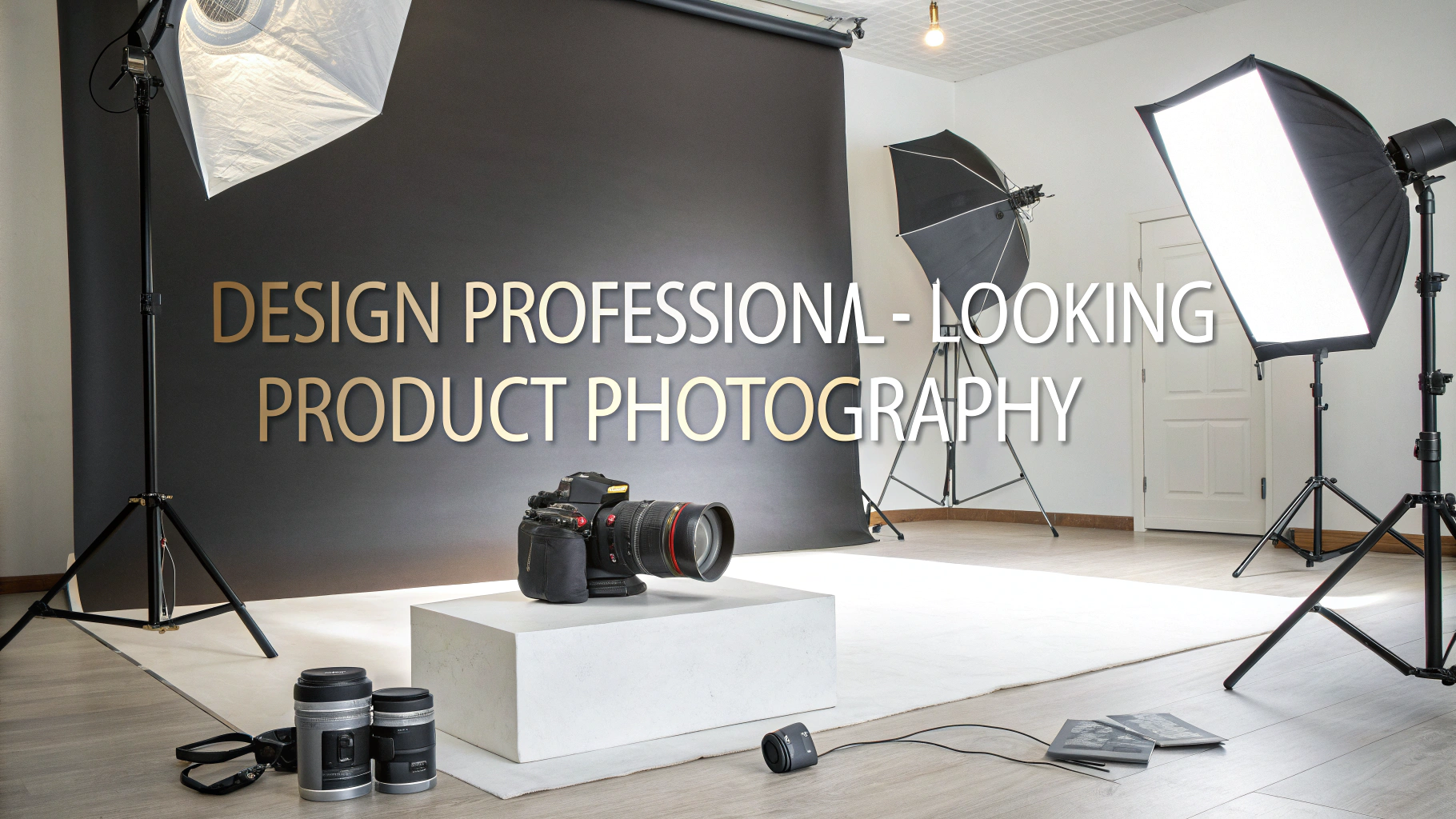Leather crafting opens up endless creative possibilities for making durable, beautiful items that can last generations.
Essential Tools for Getting Started
A basic leather crafting toolkit should include:
- Sharp utility knife or rotary cutter
- Steel ruler and cutting mat
- Leather needles and waxed thread
- Hole punch set
- Groove maker (creaser)
- Awl for marking and hole preparation
Types of Leather for Beginners
- Vegetable-tanned leather – Natural, workable leather perfect for tooling and carving
- Chrome-tanned leather – Softer and more flexible, ideal for clothing and bags
- Full-grain leather – Highest quality with natural markings intact
- Top-grain leather – Durable and consistent, good for practice projects
Basic Techniques
Start with these fundamental skills:
- Cutting – Always use a sharp blade and cut with steady pressure
- Marking – Use an awl or stylus to transfer patterns
- Stitching – Practice the saddle stitch for strong seams
- Edge finishing – Sand, burnish, and seal edges for professional results
Beginner-Friendly Projects
Consider starting with these simple projects:
- Card holders
- Key fobs
- Simple bracelets
- Bookmarks
- Coin purses
Care and Maintenance
Protect your leather items with these steps:
- Clean with leather soap
- Condition every 3-6 months
- Store in cool, dry places
- Avoid direct sunlight
Where to Source Materials
Reliable suppliers for leather crafting materials include:
- Tandy Leather (tandyleather.com)
- Springfield Leather (springfieldleather.com)
- Weaver Leather Supply (weaverleathersupply.com)
Safety Considerations
Always follow these safety guidelines:
- Cut away from yourself
- Keep tools sharp and maintained
- Wear protective gloves when using dyes
- Work in a well-ventilated area
- Keep first aid supplies nearby
Join leather crafting communities on social platforms or local workshops to learn from experienced craftspeople and share your progress.
Advanced Techniques
After mastering basics, explore these advanced skills:
- Tooling – Creating decorative patterns and designs
- Dyeing – Adding custom colors and finishes
- Skiving – Reducing leather thickness for better folds
- Braiding – Creating intricate patterns with leather strips
Building Your Workshop
Essential Equipment
- Sturdy workbench
- Good lighting setup
- Storage solutions for tools
- Ventilation system
Optional Tools
- Stitching horse
- Edge beveler
- Swivel knife
- Burnishing tools
Common Mistakes to Avoid
- Using dull tools
- Skipping pattern planning
- Rushing through projects
- Incorrect leather thickness selection
- Poor edge finishing
Conclusion
Leather crafting combines skill, patience, and creativity to produce lasting, functional art. Start with basic projects, invest in quality tools, and gradually build your expertise. Remember that every master craftsperson started as a beginner, and consistent practice leads to improvement. Join the leather crafting community to continue learning and sharing your journey.
FAQs
- What basic tools do I need to start working with leather?
You need a utility knife or rotary cutter, awl, needles, waxed thread, edge beveler, groover, mallet, cutting mat, and ruler. - How do I choose the right type of leather for my project?
Consider leather grades (full-grain, top-grain, genuine), thickness (measured in ounces), and intended use. Full-grain is highest quality, while 2-3 oz leather works well for wallets and 4-5 oz for bags. - What’s the best way to cut leather accurately?
Use a sharp utility knife or rotary cutter along a metal ruler on a cutting mat. Make multiple light passes rather than one heavy cut to achieve clean edges. - How do I properly condition and maintain leather?
Clean with saddle soap, apply leather conditioner every 3-6 months, and store in a cool, dry place away from direct sunlight to prevent cracking and fading. - What’s the difference between vegetable-tanned and chrome-tanned leather?
Vegetable-tanned leather uses natural tannins, is more suitable for tooling and carving, while chrome-tanned leather uses chromium salts, is softer and comes in more colors. - How do I punch holes in leather correctly?
Use a stitching punch or awl, mark your holes first, keep consistent spacing using a wing divider, and always punch on a hard surface like a cutting mat or wooden block. - What type of thread should I use for leather projects?
Use waxed polyester or waxed linen thread specifically designed for leather. Thread thickness should correspond to leather weight – thicker leather requires heavier thread. - How do I burnish leather edges?
Sand edges progressively with fine-grit sandpaper, apply water or gum tragacanth, and rub vigorously with a wooden slicker or canvas cloth until smooth and shiny. - What’s the best stitch for leather projects?
The saddle stitch is most durable for leather, using two needles working through the same holes in opposite directions. It’s stronger than machine stitching. - How do I fix mistakes when working with leather?
Small cuts can be fixed with leather cement, while scratches can be minimized with leather conditioner. For major mistakes, incorporate them into the design or cut new pieces.


